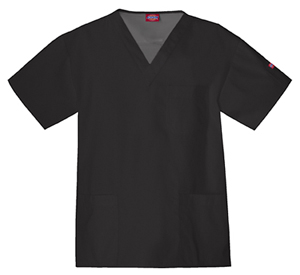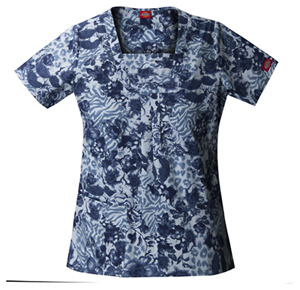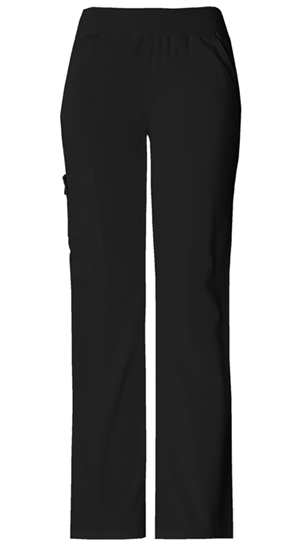The White Coat
From the 1900s on, the white coat became more and more popular in medical settings. It denoted professionalism and an understanding that cleanliness was the key to preventing sepsis. From the 2000s forward, a white lab coat became the norm for doctors. However, it was often worn over regular clothing.

iStockphoto | Thinkstock
The Dress
What about nurses during the 1900s? Most nurses were women and most wore a dress uniform made of plain cotton in a solid color (white, blue, tan, green, etc). Although such dresses were cheap and efficient to manufacture, many women who remember wearing these old-fashioned designs claim they were far from comfortable. In fact, nursing dresses were often restrictive and made performing basic tasks difficult. You can find out more in the article “When Dresses Were the Dress Code.”

Stockbyte | Thinkstock
The Drapes and Gowns
The first garments specifically created for use in the modern “scrubbed” environment of the operating room were gowns and surgical drapes used to cover the OR staff and the patients, respectively. The drapes and gowns were originally white—the easier to tell what was clean and what wasn’t. However, the glare of lights off the white fabric tended to cause eye fatigue. So, a more neutral green later became the color of choice (hence the term “surgical greens”). It’s still a popular hue for scrubs today.

Jochen Sand | Digital Vision | Thinkstock
The Scrubs
The drawstring pants and loose-fitting short-sleeve top we now think of as a basic scrubs uniform was introduced around the middle of the 20th century. By the 1980s it had become the de rigueur dress code for most healthcare workers—including female nurses. Unisex styles are readily available, but most modern scrubs manufacturers tailor their designs separately for men and women to accommodate different body shapes and sizes. For example, Dickies has a Fit for Men line that goes up to a 5XL, while its New Blue line for women features a collection of Missy fit tops for average-size women.
The number of available scrubs colors has burgeoned to allow hospitals to designate many different specialties within the healthcare profession. Some hospital employees are permitted to wear printed scrubs that track with trends in the fashion industry at large. Right now, BabyPhat is jumping on the lace bandwagon for 2011 with the intricate black and white Lace It Up top.
One hundred percent cotton is still a popular fabric choice. However, many blended fabrics are gaining ground since they are more wrinkle- and stain-resistant. Elastic and other stretchy materials are incorporated to provide unrestricted mobility while carefully constructed synthetics add sweat-wicking properties. As one example, scrubs pants from Cherokee’s Pro Flexibles line offer a poly/cotton blend with stain release as well as a knit-covered elastic waistband for comfort.
Sponsored by Cherokee Uniforms





















